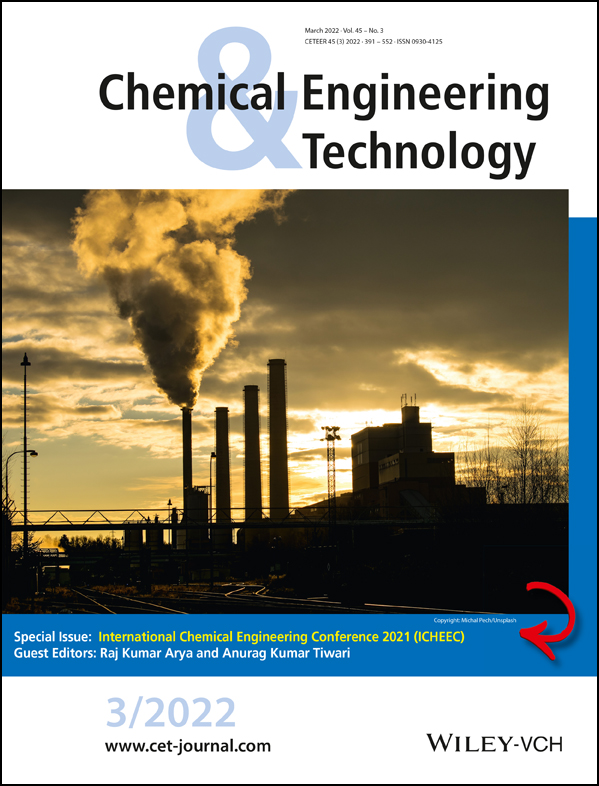Enhanced Oil Recovery Using Polyaniline-Sodium Dodecyl Sulfate-Sodium Hydroxide Flooding‡
Presented at the International Chemical Engineering Conference on “100 Glorious Years of Chemical Engineering & Technology”, Jalandhar, India, September 2021.
Abstract
The possibility of using polyaniline (PANI), sodium dodecyl sulfate (SDS) surfactant, sodium hydroxide (NaOH), and their combinations in the enhanced oil recovery process were evaluated with a STARS computer modelling group simulator. The effect of the addition of polymers, such as hydrolyzed polyacrylamide and PANI, surfactant, alkali, and temperature was investigated. Oil saturation contours showed that the residual oil remaining in the oil field was minimum when NaOH-SDS-PANI was injected with water. In the case of polymer flooding, the oil recovery increased with higher polymer concentration. The performance of alkali-surfactant-polymer flooding indicated that the addition of polymers, surfactants, and alkalis in water improved the oil productivity. PANI was found to be efficient in the recovery of oil especially at higher temperatures.




